By the time we got to Kalahari Trails we were tired, dirty and dusty. We had rented a cheap compact car that didn’t really appreciate all of the sand and pot holes that the R31 had to offer on our route to the Kgalagadi Transfrontier Park. Next time we’ll go through Upington, or maybe we’ll just rent a nice 4×4.
Upon arrival, we met with Professor Anne Rasa, owner of Kalahari Trails. Anne holds a PhD in Desert Ecology and has been researching the behavior and ecology of desert animals for over 20 years. She even worked under supervision of Prof. Konrad Lorenz! (OK, you may not know this but he is considered to be the founder of modern ethology, so this is a big deal.)
Having worked in some of the most beautiful deserts on Earth, Anne had a dream…
I wanted to find a piece of desert that had been destroyed by human abuse, bring it back to life, and give it back to nature.
– Prof. Anne Rasa
These tours offer something unique: to walk on the red Kalahari dunes and learn about the desert from one of the most qualified people on earth. Once you get into the Kgalagadi Transfontier Park you are not allowed to leave your car, so looking for small tracks and smelling each plant will be impossible. This is your chance to visit the Kalahari in a more intimate and personal way than just driving through it.
We were tired from our long drive so we decided not to join the sundowner tour, but instead decided to wake up early and take part in the morning walk. After a night of millipede and scorpion watching we woke up before the sun and joined the tour.
Our walk started with a bit of geology class about sand dunes and then moved on to an ecology lecture about the desert animals and plants.
But the most fun we had was looking for animal tracks and learning how to identify them. We soon learned exactly which animals had been out the night before and what they were doing.
Below are some of the tracks we saw during our outing.
Anne cannot only identify these animals but she can tell you what they were doing at that precise moment. She knows how to read the secret story of the dessert. “The snake sped up right here” and “Two spiders met at this point and there was a battle,” were some of the behaviors that she deciphered for us. While Hal and I have become knowledgeable about mammal tracks and scats, we had no idea how to identify these other little guys. It made the rest of our stay in the desert more fun, as each morning we would investigate around our tent to see what little creature had come to investigate us.
9am was a great time to finish the walking tour. The sun and heat were already overwhelming and we were ready to head into the park. But first, we couldn’t miss the opportunity to see Anne’s collection of scorpions and other creepy-crawlies. She gave us a quick talk about her critter collection. Did you know that scorpions and millipedes glow under black light? Fascinating!
Who wants to pet one of these guys? Not me!
There is no doubt that Prof. Rasa loves the Kalahari. I found her passion and dedication a great inspiration for me to do something good with my life. The Kalahari is our favorite place in the world and we have found ourselves fantasizing about following her path; buying a piece of the Kalahari, restoring it, and educating people about the importance of conserving it.
Kalahari Trails is a great place to stop over before you head into the Kgalagadi Transfontier Park. By the time you get there you will have gained a deeper understanding and respect for the creatures that live in this beautiful part of the world.
Would you Like to Learn More About the Kalahari?
Once you are in the park, you can stay at !Xaus Lodge where Bushman trackers will guide you through the dunes, and teach you about animal tracks, medicinal plants, and birds during their guided dune walks.
On the Namibian side of the Kalahari, and only 3 hour drive from the Mata Mata gate of the Kgalagadi Transfontier Park, the Anib Lodge is an excellent stop and a great place to stay in the Kalahari. Not only are their service and accommodations excellent, but their educational sundowner drive is a must. My favorite part was the talk about ostriches, while Hal’s favorite bit was visiting the biggest Marabou stork gathering we’ve ever seen.
Go on as many walks and drives as you can. There is always something new to see and learn in the Kalahari!

Cristina Garcia
Zoologist and wildlife photographer. She has worked in the field with jackals, wolves, cheetahs, & leopards. She serves on the Board of Directors of SEE Turtles, a non-profit sea turtle conservation organization.
Read her posts at Travel For Wildlife and see more of her work at Truly Wild, & Our Wild Yard.

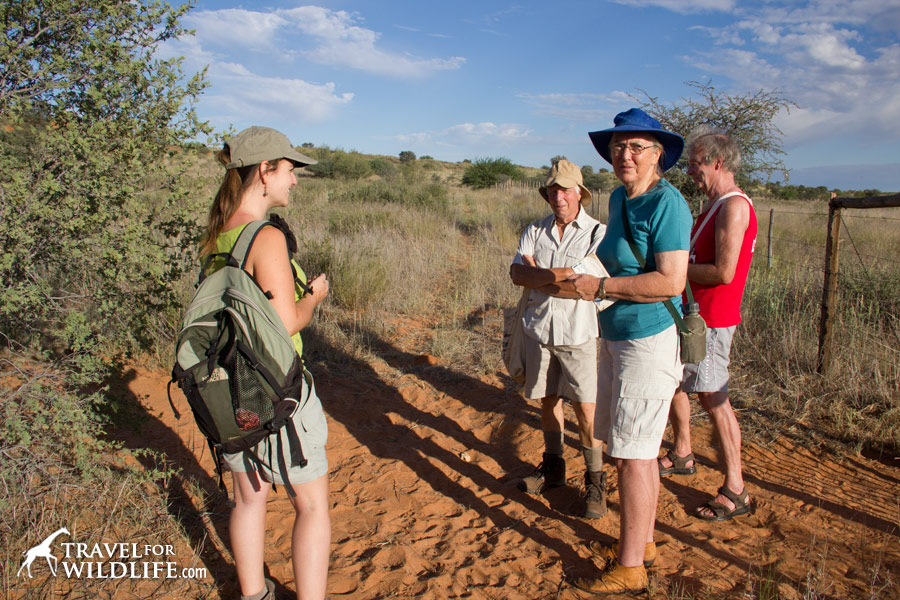
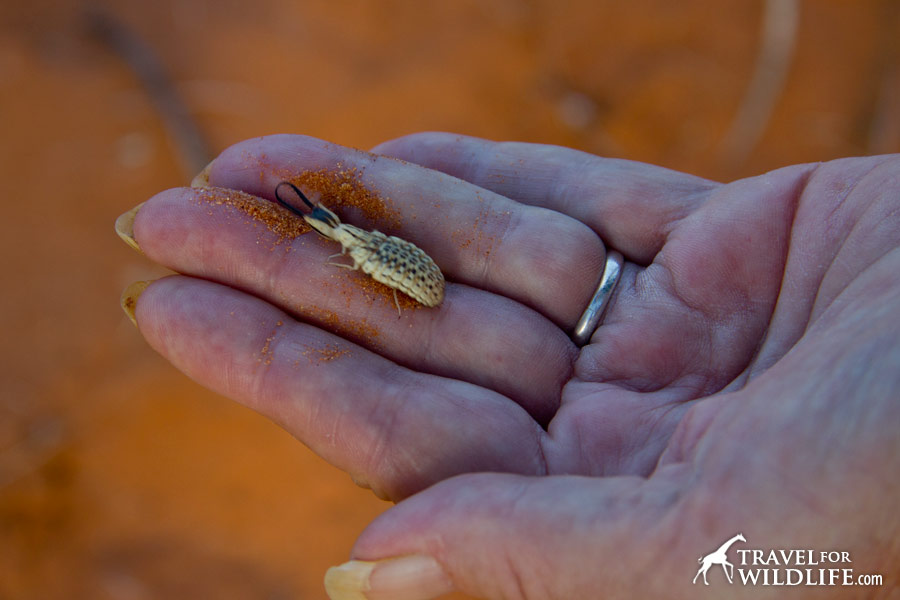
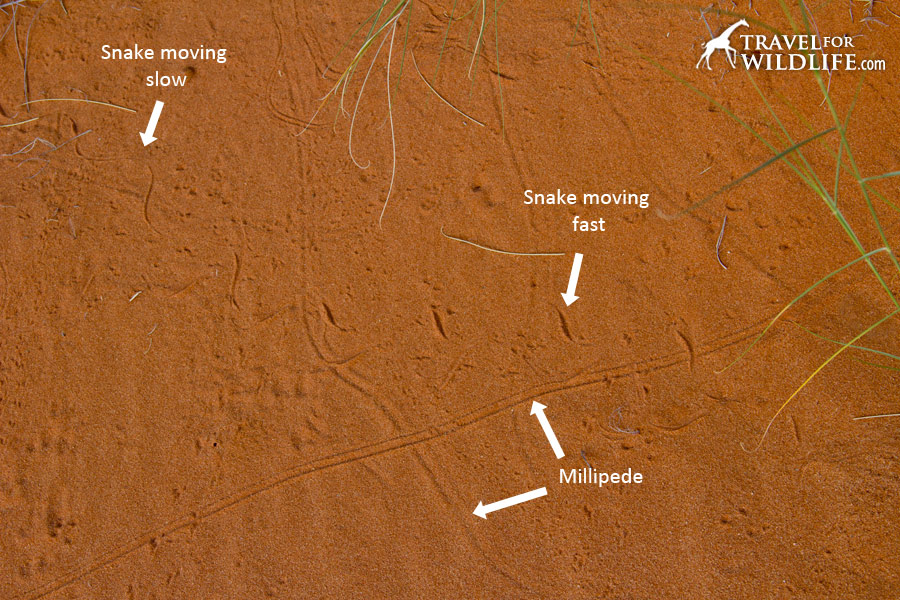

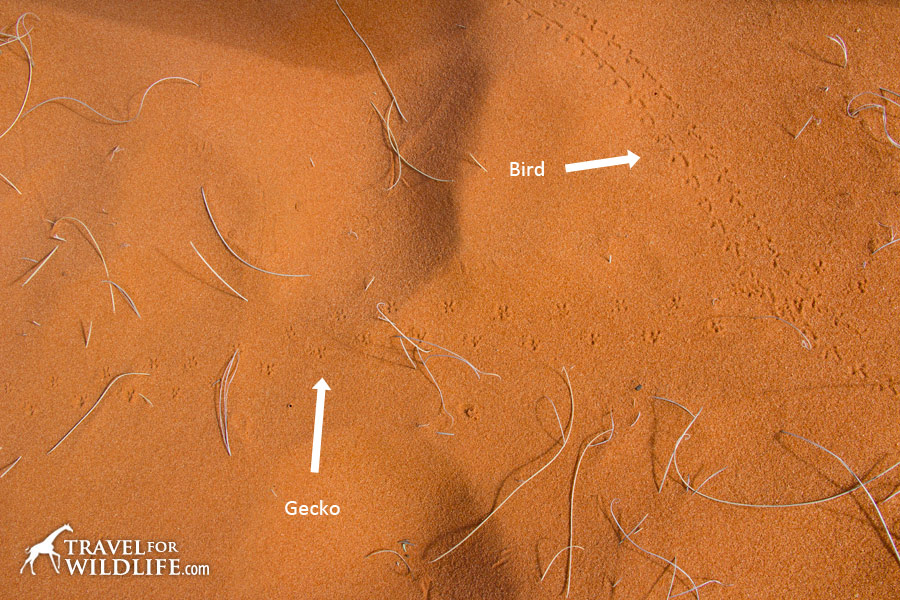
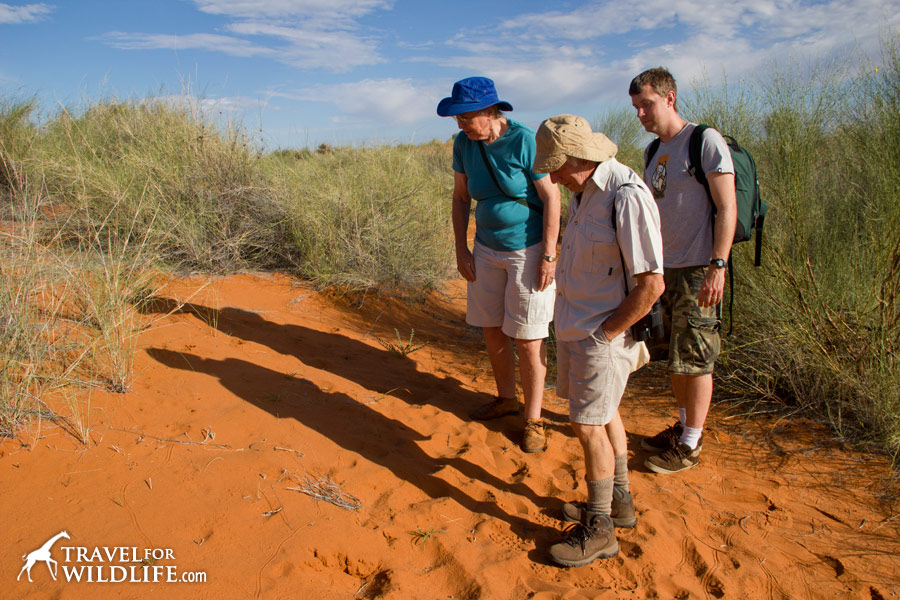
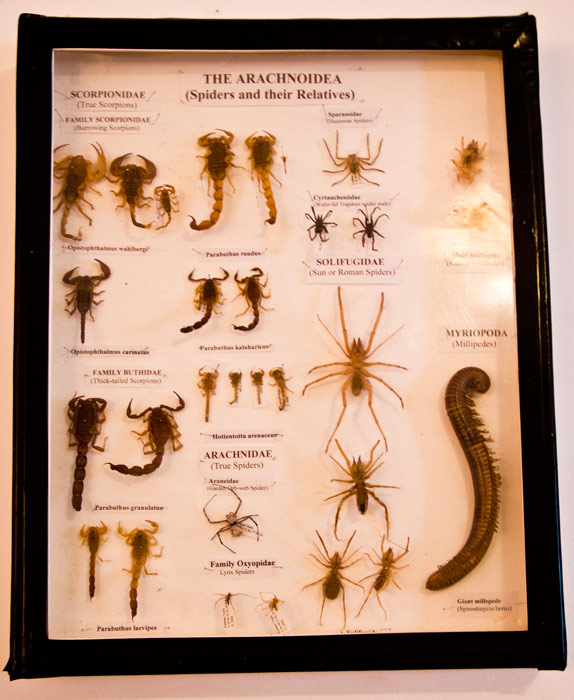
Cristina Garcia
Saturday 22nd of June 2013
She is fascinating! It was great to learn from her as she really knows the desert. She has many stories to tell about the animals that live in her farm.
Barbara Weibel
Friday 31st of May 2013
So interesting and a different focus than the usual larger desert animals.
Cristina Garcia
Friday 31st of May 2013
The desert is full of wonders!
Nat
Sunday 26th of May 2013
Quite surprised. Didn't think there would be that much going off in the dessert and more likely, I would not notice it were it not for people like Anne.
Cristina Garcia
Sunday 26th of May 2013
The desert is teeming with wildlife! It is absolutely amazing.